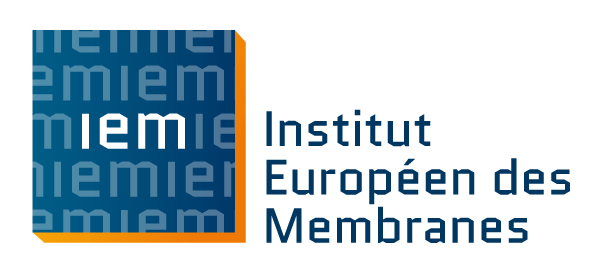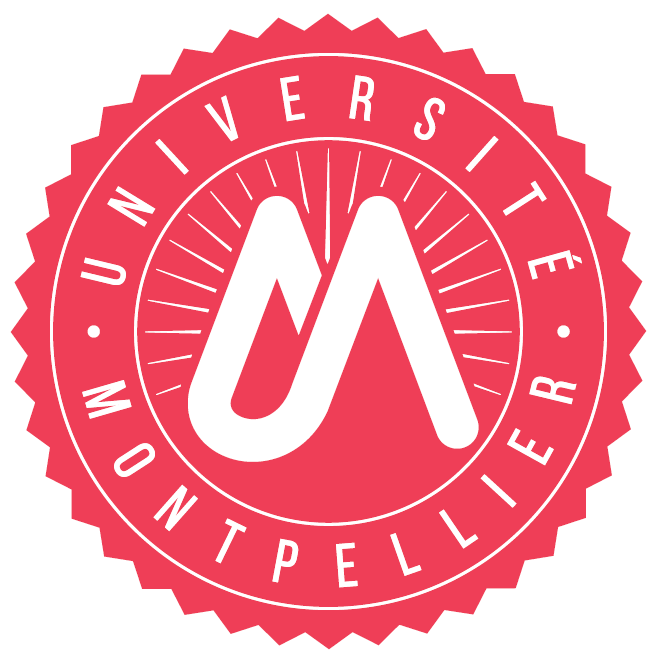Eco‐friendly methodology for the formation of aromatic carbon‐heteroatom bond using green ionic liquids
Résumé
A new sustainable method is reported for the aromatic carbon‐heteroatom bond formation in solvent‐free and mild conditions (no co‐oxidant, no strong acid and no toxic reagents) using a new type of green ionic liquid. Bromination of methoxy arenes was chosen as a model reaction. The reaction methodology is based on only using natural sodium bromine, which is transformed into an electrophilic‐brominating reagent within an ionic liquid, easily prepared from the melted salt FeCl3 hexahydrate. Bromination reactions, using this in situ generated reagent, gave good yields and excellent regioselectivity in simple and environmentally friendly conditions. To understand the unusual bromine polarity reversal of sodium bromine without any strong oxidant, the molecular structure of the reaction medium was characterised by Raman and direct infusion ESI‐MS. An extensive computational investigation using density functional theory methods was performed to describe a mechanism that suggests indirect oxidation of Br ‐ through new iron adducts. The versatility of the methodology was successively applied to nitration and thiocyanation of methoxy arenes using KNO3 and KSCN in melted salts of hexahydrated FeCl3.
Fichier principal
 hal-02964253.pdf (618.07 Ko)
Télécharger le fichier
supp info.pdf (3.85 Mo)
Télécharger le fichier
hal-02964253.pdf (618.07 Ko)
Télécharger le fichier
supp info.pdf (3.85 Mo)
Télécharger le fichier
Origine : Fichiers produits par l'(les) auteur(s)



